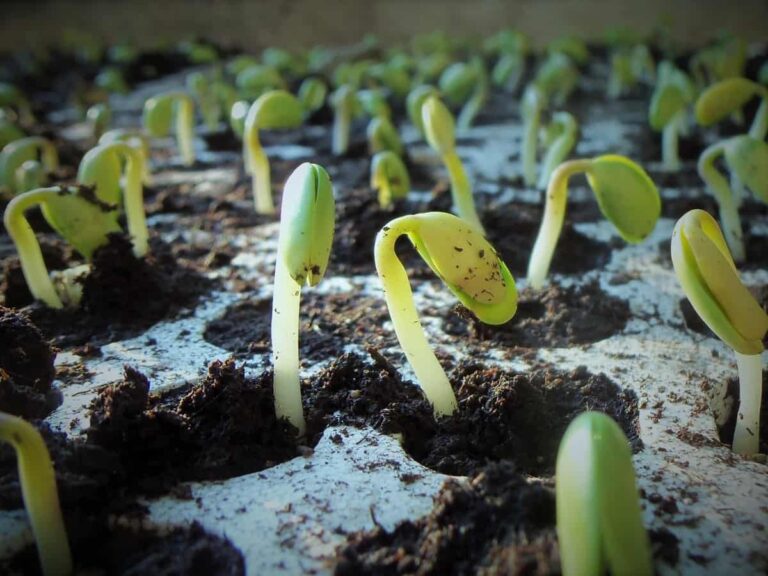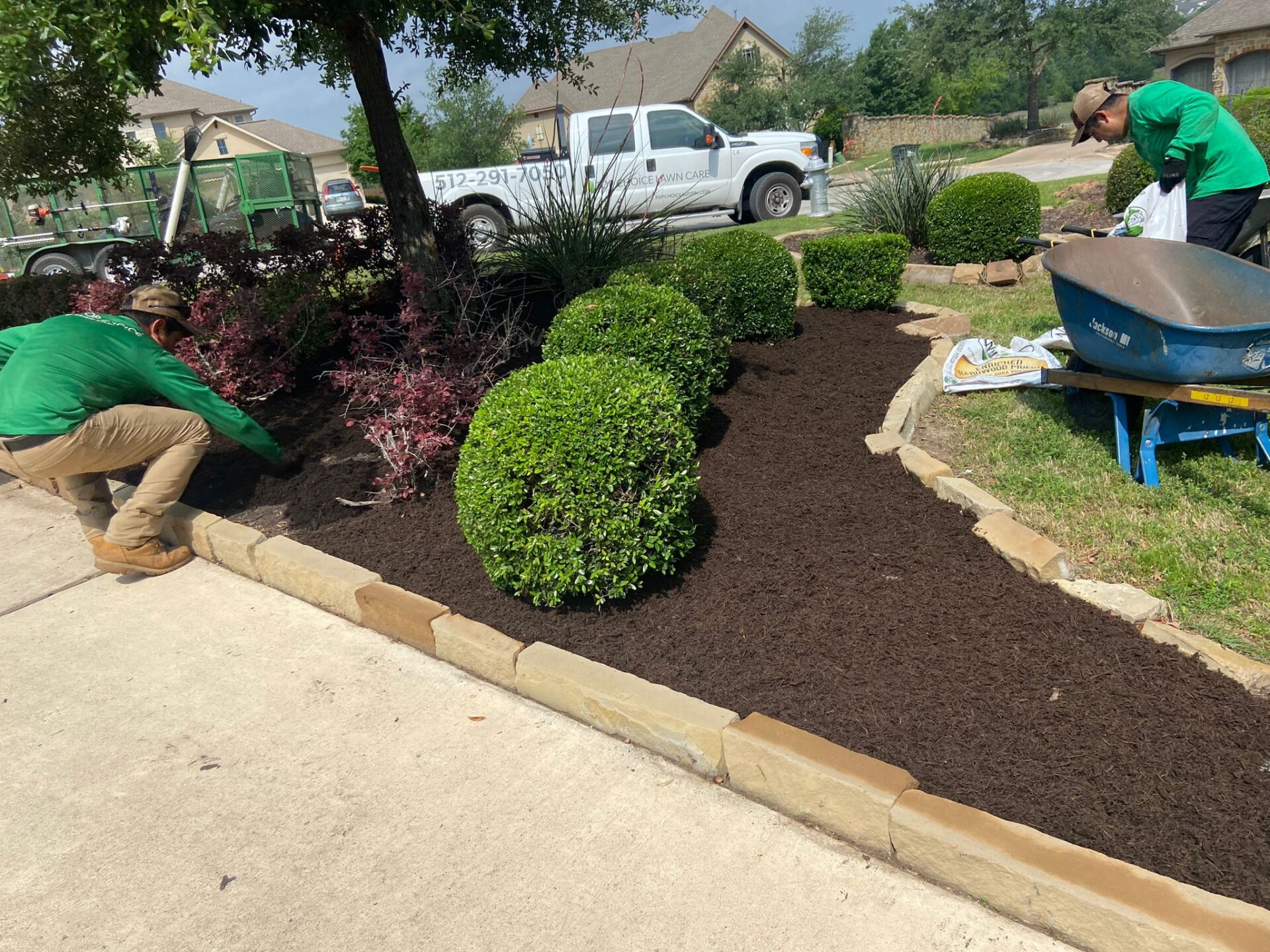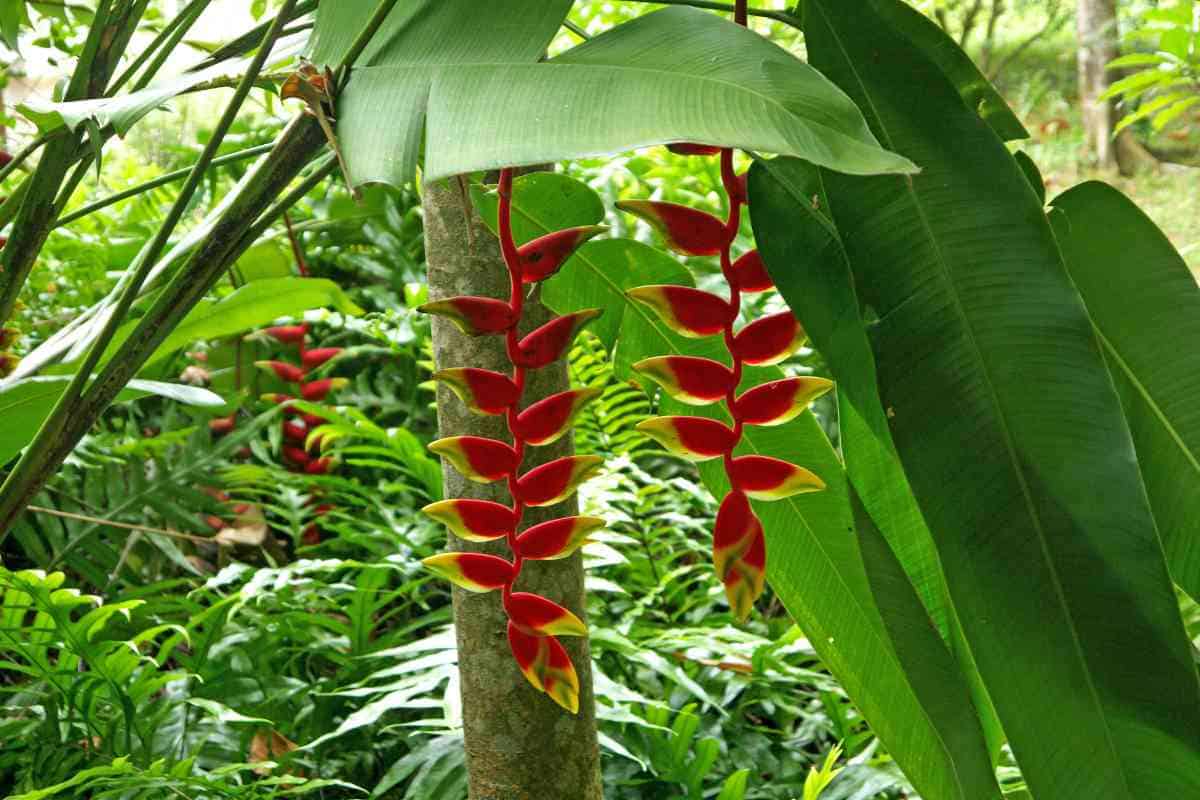
Introduction: The Magic of Seed Germination
There’s a certain magic in watching a tiny seed transform into a thriving plant. It’s a process that has captivated humans for millennia, a testament to nature’s resilience and the potential for life. But that magic isn’t always guaranteed. Successful seed germination, the process by which a seed sprouts and begins to grow, can be a delicate dance. It requires a careful balance of factors, and understanding these elements is the key to unlocking the full potential of your seeds.
This comprehensive guide delves deep into the art and science of seed germination. We’ll explore the fundamental requirements, the various techniques used by gardeners and farmers alike, and the common pitfalls to avoid. Whether you’re a seasoned gardener or a complete beginner, this article will equip you with the knowledge and tools you need to cultivate a flourishing garden, one seed at a time.
Understanding the Fundamentals: What Seeds Need to Germinate
Before we dive into the specific techniques, it’s crucial to understand the basic needs of a germinating seed. Think of it like a baby – it needs certain conditions to thrive. The primary requirements are:
- Water: This is arguably the most critical element. Seeds need water to hydrate and trigger the metabolic processes that initiate germination. Water softens the seed coat, allowing the embryo to emerge.
- Oxygen: Germinating seeds require oxygen for respiration, the process by which they convert stored food reserves into energy. Without sufficient oxygen, the seed will suffocate.
- Temperature: Each seed species has an optimal temperature range for germination. Some seeds prefer warmth, while others thrive in cooler conditions.
- Light (for some seeds): While many seeds germinate in darkness, some species require light to trigger germination. These seeds are often very small and rely on light to signal the start of the process.
These four elements work in concert to create the perfect environment for germination. Deviations from these requirements can lead to failure, so careful attention to detail is essential.
Technique 1: Pre-Soaking Seeds – Giving Them a Head Start
Pre-soaking is a simple yet effective technique that can significantly improve germination rates, particularly for seeds with tough seed coats. This process involves soaking seeds in water for a specific period before sowing them. The benefits are twofold:
- Hydration: Soaking helps to hydrate the seed, softening the seed coat and allowing water to penetrate the embryo more easily.
- Activation: Soaking can initiate the metabolic processes within the seed, giving it a head start.
How to pre-soak:
- Choose your seeds: This technique is particularly beneficial for seeds with thick or hard seed coats, such as beans, peas, okra, and some flower seeds.
- Use lukewarm water: Avoid using hot water, as it can damage the seed.
- Soaking time varies: The soaking time depends on the seed type. Generally, soak seeds for 8-24 hours. Check the seed packet for specific recommendations.
- Change the water: If the water becomes cloudy or discolored, change it during the soaking period.
- Sow promptly: After soaking, sow the seeds immediately. Do not let them dry out.
Pre-soaking is a straightforward technique that can dramatically increase your chances of success, especially when dealing with seeds that are known to be slow germinators.
Technique 2: Scarification – Breaking Through the Barriers
Scarification is a technique used to weaken or damage the seed coat to facilitate water absorption and germination. This is particularly useful for seeds with very hard or impermeable seed coats, which can prevent water from entering and triggering the germination process. Scarification can be achieved through several methods:
- Mechanical Scarification: This involves gently nicking or filing the seed coat with a file, sandpaper, or even a sharp knife. Be extremely careful not to damage the embryo inside.
- Hot Water Scarification: This involves pouring hot (but not boiling) water over the seeds and letting them soak for a short period. The heat softens the seed coat.
- Chemical Scarification: This is less common and involves using chemicals to weaken the seed coat. This method should be used with extreme caution and only when specifically recommended for a particular seed type.
How to scarify:
- Identify the need: Scarification is usually recommended for seeds like lupines, morning glories, and some tree seeds. Check the seed packet for specific instructions.
- Choose your method: Select the appropriate scarification method based on the seed type and your comfort level.
- Be gentle: The goal is to weaken the seed coat, not to destroy the seed.
- Sow promptly: After scarification, sow the seeds immediately.
Scarification can be a game-changer for seeds that are notoriously difficult to germinate. It’s a testament to the fact that sometimes, a little bit of intervention can make a world of difference.
Technique 3: Stratification – Mimicking Nature’s Cycle
Stratification is a process that mimics the natural winter conditions that some seeds require to break dormancy and germinate. Many seeds, particularly those from temperate climates, have evolved to germinate only after they have experienced a period of cold and moist conditions. This ensures that they germinate at the optimal time of year, when conditions are favorable for growth.
Stratification can be achieved in two main ways:
- Cold Stratification: This involves placing the seeds in a moist medium (such as damp paper towels, sand, or peat moss) and refrigerating them for a specific period. This mimics the cold winter months.
- Warm Stratification: Some seeds require a period of warm stratification before cold stratification. This is less common but important for certain species.
How to stratify:
- Identify the need: Check the seed packet for instructions on stratification. Seeds from trees, shrubs, and perennials often benefit from this technique.
- Choose your medium: Use a clean and sterile medium to prevent fungal growth. Damp paper towels, sand, or peat moss are common choices.
- Moisten the medium: The medium should be moist but not waterlogged.
- Place seeds in the medium: Mix the seeds with the moist medium.
- Seal the container: Place the container in a sealed plastic bag or container to maintain moisture.
- Refrigerate: Place the sealed container in the refrigerator for the recommended period (usually several weeks or months).
- Sow after stratification: After the stratification period, sow the seeds as you normally would.
Stratification is a powerful technique that can unlock the germination potential of many seeds, ensuring that they germinate when the conditions are right.
Technique 4: Choosing the Right Growing Medium – The Foundation for Success
The growing medium, the substance in which you sow your seeds, is critical for successful germination. It provides support, retains moisture, and allows for air circulation. The ideal growing medium should be:
- Well-draining: Prevents waterlogging, which can lead to root rot.
- Moisture-retentive: Retains enough moisture to keep the seeds hydrated.
- Sterile: Free from diseases and pests that can harm seedlings.
- Nutrient-poor: Seedlings don’t need a lot of nutrients initially.
Common growing mediums include:
- Seed-starting mix: A commercially available blend specifically formulated for seed germination. It typically consists of peat moss, vermiculite, and perlite.
- Peat moss: A good choice for retaining moisture and providing aeration.
- Coco coir: A sustainable alternative to peat moss, made from coconut husks.
- Vermiculite: Improves water retention and aeration.
- Perlite: Improves drainage and aeration.
How to choose and use a growing medium:
- Read the label: Choose a growing medium that is specifically designed for seed starting.
- Moisten the medium: Before sowing, moisten the medium thoroughly. It should be damp but not soggy.
- Fill your containers: Fill your seed trays or pots with the moistened medium.
- Sow the seeds: Follow the instructions on the seed packet for planting depth and spacing.
The right growing medium provides the perfect foundation for your seeds to thrive, ensuring they have the best possible start.
Technique 5: Proper Watering – Finding the Right Balance
Watering is a critical aspect of seed germination, but it’s also a delicate balance. Too much water can lead to rot, while too little can prevent germination. The goal is to keep the growing medium consistently moist, not soggy.
Tips for proper watering:
- Water gently: Use a spray bottle or a watering can with a fine rose to avoid disturbing the seeds.
- Water from below: Bottom watering (placing the seed tray in a tray of water) can help to prevent fungal diseases.
- Monitor moisture levels: Check the moisture level of the growing medium regularly. It should feel like a wrung-out sponge.
- Avoid overwatering: Overwatering is a common mistake that can lead to root rot.
- Water according to the seed’s needs: Different seeds have different moisture requirements. Research the specific needs of the seeds you are planting.
Watering is a crucial skill for any gardener. Mastering the art of watering will significantly improve your chances of success.
Technique 6: Temperature Control – Creating the Ideal Climate
Temperature is another critical factor in seed germination. Each seed species has an optimal temperature range for germination. Providing the correct temperature can dramatically increase germination rates.
Tips for temperature control:
- Research the seed’s needs: Check the seed packet for the recommended germination temperature.
- Use a heat mat: A heat mat can provide consistent bottom heat, which is ideal for many seeds.
- Maintain a consistent temperature: Avoid drastic temperature fluctuations.
- Provide adequate ventilation: Good air circulation can help to regulate temperature and prevent fungal diseases.
- Consider a greenhouse or cold frame: These structures can help to create a more controlled environment for seed starting.
Controlling the temperature is essential for creating an environment where seeds can thrive. It’s about understanding what each seed needs to unlock its potential.
Technique 7: Light Requirements – Shining a Light on Germination
While many seeds germinate in darkness, some require light to trigger the germination process. These seeds are often very small and rely on light to signal the start of the process. Understanding the light requirements of your seeds is essential.
Tips for light requirements:
- Read the seed packet: The seed packet will indicate whether the seeds require light to germinate.
- Surface sow light-dependent seeds: Do not cover these seeds with soil. Simply press them gently into the surface of the growing medium.
- Provide adequate light: If the seeds require light, place them in a well-lit location, such as near a sunny window or under grow lights.
- Avoid direct sunlight: Direct sunlight can overheat the growing medium and damage the seedlings.
Light can be a critical factor in seed germination. Understanding the light requirements of your seeds is key to success.
Technique 8: Air Circulation – Preventing Fungal Diseases
Good air circulation is essential for preventing fungal diseases, which can be a major threat to germinating seeds and young seedlings. Stagnant air creates a humid environment that is conducive to fungal growth.
Tips for air circulation:
- Provide adequate spacing: Space seeds and seedlings appropriately to allow for good air circulation.
- Use a fan: A small fan can help to circulate air and prevent fungal diseases.
- Avoid overcrowding: Avoid overcrowding seedlings in pots or trays.
- Ensure good ventilation: Ensure good ventilation in the growing area.
Air circulation is often overlooked, but it’s a crucial factor in creating a healthy environment for your seeds and seedlings.
Common Mistakes to Avoid
Even with the best techniques, things can go wrong. Here are some common mistakes to avoid:
- Overwatering: This is perhaps the most common mistake. Overwatering can lead to root rot and fungal diseases.
- Underwatering: Insufficient water can prevent germination.
- Using the wrong growing medium: Using a medium that is not well-draining or sterile can lead to problems.
- Planting too deep: Planting seeds too deep can prevent them from reaching the surface.
- Ignoring temperature requirements: Failing to provide the correct temperature can hinder germination.
- Poor air circulation: This can lead to fungal diseases.
- Using old seeds: Old seeds may have a reduced germination rate.
Avoiding these common mistakes will significantly increase your chances of success.
Troubleshooting Germination Problems
Even with the best care, sometimes seeds fail to germinate. Here are some common problems and their potential solutions:
- Failure to germinate: This can be caused by a variety of factors, including poor seed quality, incorrect temperature, insufficient water, or fungal diseases.
- Damping-off: This is a fungal disease that causes seedlings to rot at the soil line. It is often caused by overwatering or poor air circulation.
- Leggy seedlings: This is caused by insufficient light. The seedlings stretch towards the light, becoming weak and spindly.
- Slow growth: This can be caused by a variety of factors, including poor soil quality, insufficient nutrients, or incorrect temperature.
Troubleshooting is a crucial skill for any gardener. Learning to identify and address problems will help you to overcome challenges and achieve success.
Conclusion: Your Journey to a Thriving Garden Begins with Germination
Seed germination is a fundamental process, the very beginning of your gardening journey. By understanding the principles outlined in this guide and implementing the techniques discussed, you can significantly increase your chances of success. Remember that gardening is a learning process. Don’t be discouraged by failures. Learn from your mistakes, experiment with different techniques, and enjoy the process of nurturing life from a tiny seed.
With patience, persistence, and a little bit of knowledge, you can unlock the secrets of seed germination and transform your garden into a thriving paradise.
Happy gardening!


